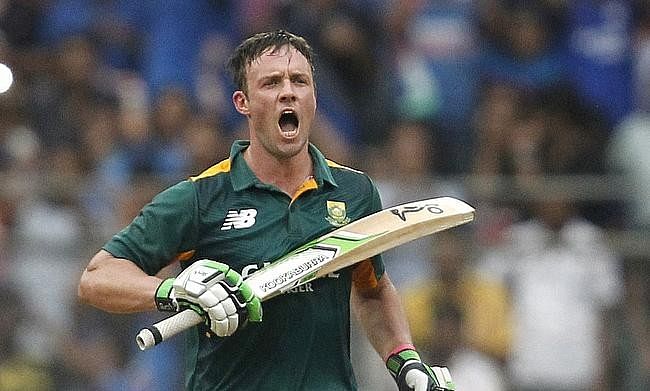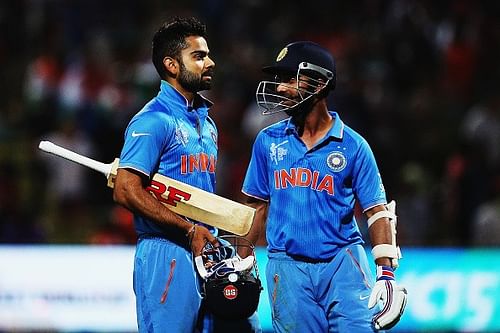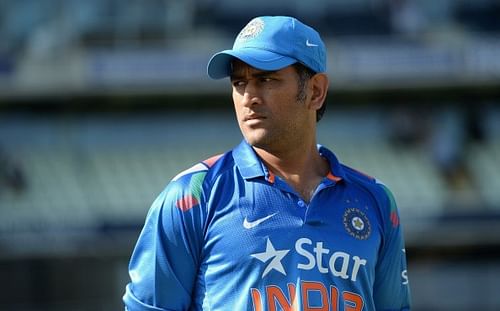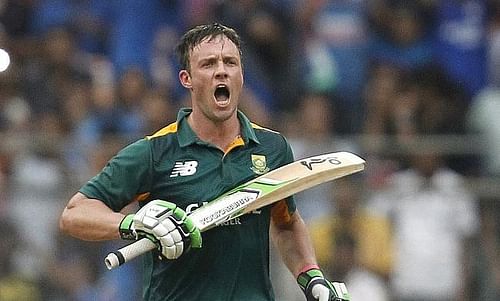
Decoding India's defeat against South Africa - Yorkers, pack of cards and the captain
If you are a beginner in cricket as a pace bowler, any coach would tell you that the yorker is one weapon in the armoury, that when employed properly, is bound to bear fruit either by wickets or from an economical point of view. But to many people’s surprise the Indian bowlers tried all variations to control the batsmen in the last 10, except the yorker. As a bowler who has the calibre to represent your nation in this sport, bowling yorkers with decent accuracy is a basic requirement.
Slow bouncers and leg-cutters are variations, but yorker is a length. In Chepauk, bouncers with varying pace helped Bhuvneshwar Kumar scalp 3 wickets in his second spell but it was just an isolated incident. It isn’t entirely wise to employ variations throughout the over when you could just try to adjust your length and throw all your focus on hitting that length.
When Zaheer Khan was being felicitated in the post-match presentation ceremony at Mumbai, Graeme Smith said: “Zaheer Khan and Javagal Srinath were really good together. They made a formidable pair which has been missing in today’s Indian bowling line-up.”
Unfortunately, it’s not the first time that India were being handed this lesson by the South Africans as the two matches below prove.
With South Africa tottering at 205/7, they require 94 runs more from the last 10 overs. Sreesanth cleans Jacques Kallis up at the end of the 43rd over, taking the last hope of victory away with him to the pavilion. 74 required from 7 overs with Wayne Parnell and Dale Steyn in.
Now ask someone about how the match would have ended and he would most probably say ‘maximum, 250 all out’. But the match goes down to the last ball and the South Africans lose by just 1 run. I carefully phrased it when I said that South Africa has lost; India had not won.
Just one yorker bowled in the last 12 balls.
February 27, 2010 (India vs South Africa, 3rd ODI, Ahmedabad):
Batting first, South Africa reach 243/2 in 40 overs. De Villiers and Kallis settled. Together, they maul the meagre bowling attack to score 122 in the final 10. Considering that the first 5 of them were taken as ‘Batting Powerplay’, we will leave that aside.
Anyway, only 44 runs were scored in the Powerplay, which leaves 78 to be scored off the other 5 with perfectly normal fielding restrictions. Sreesanth does bowl two yorkers that went for only singles in the 47th over. But he neglected that option in the other deliveries and chose to bowl slower ones and leg-cutters instead and well, the result is obvious. India lost heavily by 90 runs.
What made Zaheer what he is today, is the fact that he was very accurate with his reverse swinging yorkers in the death overs, apart from his other fabulous abilities as a pacer. That was a brief period in Indian cricket where the pace bowlers posed a real threat to the opposition as well. Look at the careers of pace bowlers who have survived long enough in the international arena and almost all of them have been good death bowlers and have great control.
Indian fast bowlers need to work on bowling more yorkers
Mohit Sharma was good in his first season. Bhuvneshwar Kumar was considered “King of Swing” till he deserted his strength to focus on generating more pace. Umesh Yadav can be really dangerous, but is far too inconsistent. Mohammed Shami seemed to be the only bowler who had very good control and had a tendency to bowl yorkers in his last spell more often than anyone else until he went down with a career-threatening injury.
Ishant Sharma, like Umesh, is too inconsistent to be seen as a possible threat for the opposition. If any of these bowlers should look to play for India over a long period, they will have to start hitting the fuller ones more often with more accuracy.
Batsmen like Chris Gayle and AB de Villiers have got their own unconventional ways of tackling the full deliveries. So how does a bowler get the courage to bowl the same against them? The fact that they have to go out of their normal ways to play such balls will definitely help. They may get two or three deliveries away, but if you persist with the yorker length and maybe vary lines, there is no way any batsman can score at the same rate as when you bowl length.
Indian batsmen failing to build partnerships

The difference between the present Indian team and the one, say five years back, is the fact that the batting strength covered the deficiencies of the weak bowling attack more often back then. Look at the scorecard and you can see names that feature in the ICC Top 10 rankings, have won matches for India, and are big stars in the IPL.
In the 2000s, there seemed to be more focus on building partnerships. One seldom saw an Indian batsman play a rash shot early in his innings or in a partnership (except Sehwag, of course, but that worked well for him). Even early 2010s saw many good partnerships between Gambhir and Virat, Virat and Raina, Dhoni and Raina.
If you ask for such a pair that can be seen as reliable in ODIs in 2015, it is difficult to come up with one. Maybe Virat and Rahane could be considered as one. The fragility may have come as a result of players looking to score quick runs right from ball one. Off late, we have seen Raina play a lofted shot too early in his innings, Virat throws his wicket away after a good start, Dhawan gets too shaky at the start of his innings.
More often than not, all three instances occur in the same innings which, more or less, puts too much pressure on the rest of the line-up and leads to a collapse.
The importance of partnerships needs to be re-emphasised to stop the opposition from running through the batting line-up like a pack of cards. Batsmen should focus more on playing to the merit of the ball early in their innings before they start creating opportunities to score runs.
The sense of negativity can be inferred from Virat’s statement that scoring runs in the last 10 overs have become too difficult with the new field restrictions while South Africa rocketed away to 144 in the same 10 overs in Mumbai. The players need to back themselves that they can score quick in the last 15 overs and look to preserve wickets till then.
Too early to call for Dhoni’s head

Many blame Dhoni for the consecutive series losses against South Africa and Bangladesh. While it may not be entirely fair to blame him, it is unfortunately, a part of his job as captain to take that blame. The manager of a football club is held responsible for the team performance even though he never steps into the field. A captain of a cricket team is held responsible even though he can’t bat for all 10 wickets or bowl for 50 overs. They are the faces of their respective teams and hence easy targets when someone is to be blamed.
Just like how Rahul Dravid is seen as an ordinary Indian captain by most today. India made a record 17 consecutive successful run chases and got their first ever Test victory on South African soil. India won the 2007 Test series in England and played a well-fought ODI series later, where Dravid had the highest strike rate. All these were achieved under Dravid’s captaincy. But today, his captaincy is only remembered when you refer to the World Cup debacle in West Indies.
Such is the life of a captain and Dhoni knows that too. We can sympathize with him but sadly, nothing more is possible.
And as far as people asking for Dhoni’s retirement is concerned, there are two faces to that. Dhoni has been mulling about the same and may decide to hang up his boots after the T20 World Cup next year. On the other hand, there was a time after the 2007 World Cup when many called for Sachin’s retirement, for he looked in miserable form. He went on to play for another 6 years, most of the time with success. Who knows, there might be a second wind waiting for Dhoni.
